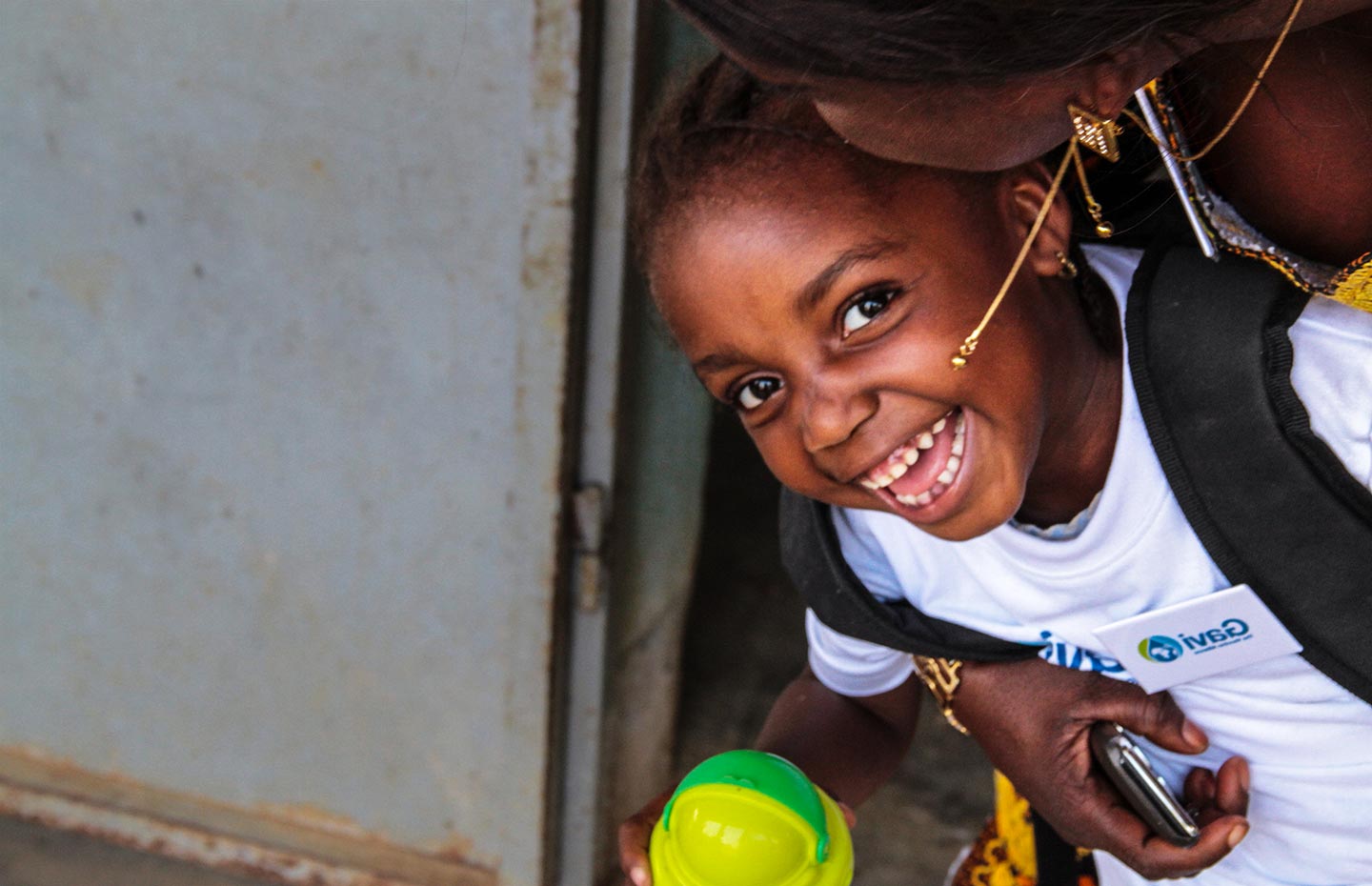Gavi works with WHO to identify candidate vaccines to be considered for Gavi support on an ongoing basis. Once preliminary safety and immunogenicity data is available for a candidate vaccine (usually in phase 2a/b), a “living assessment” is developed. This includes preliminary information on disease risk and burden, vaccine impact and feasibility, and determines whether Gavi’s engagement has a comparative advantage.
A full investment case for decision by the Gavi Board is triggered by one of the following: a defined pathway to licensure, an updated WHO recommendation or an urgent public health need (eg disease epidemic). Recommendations on investment could be taken to the Board for decision as part of the VIS or as standalone investment cases.
Pandemic influenza preparedness
Based on the approach approved in June 2018, pandemic influenza met the trigger criteria for an investment case. In response to a Board request, Gavi worked with WHO to develop a gap analysis and detailed briefing on pandemic influenza preparedness, including an assessment of potential vaccine supply and demand interventions.
In November 2018, the Board approved the development of a “learning agenda” for pandemic influenza. The aim is to assess the feasibility and impact of immunising healthcare workers with seasonal influenza vaccine to support epidemic and pandemic influenza preparedness.
Further details on the assessment and approved learning agenda are available in the November 2018 report to the Board.
EVALUATION OF IPV SUPPORT POST-2020
Gavi’s investment in IPV beyond 2020 was also considered as part of VIS 2018. However, VIS evaluation criteria, such as lives saved and value for money, do not adequately capture the unique role of IPV in preventing the re-emergence of poliovirus. As a result, Gavi has conducted a tailored assessment and consultation process for IPV support beyond 2020.
Our engagement in IPV post-2020 is guided by three main principles.
- Polio eradication constitutes a global public good. IPV is the global “insurance policy” to mitigate the risk of poliovirus re-emergence after global certification.
- Gavi support should be aligned with SAGE recommendations.
- The level and duration of Gavi support should balance the risk of IPV programme discontinuation with the principles of country ownership.
An investment case was brought to the Gavi Board in November 2018. Due to the importance of supporting the polio eradication initiative, the Board signalled its approval of support for IPV post-2020, subject to alignment with the final parameter setting for Gavi’s 2021-2025 strategy and sufficient funds being available following Gavi’s next replenishment. The Board emphasised that this investment must be additional to other Gavi investments, while recognising the full programmatic integration of IPV into Gavi’s immunisation approach. The Board also stressed the importance of close collaboration between Gavi, the Global Polio Eradication Initiative (GPEI) and polio partners and requested GPEI to include IPV costs within its 2019-2023 programmatic strategy.
In addition, the Board approved in-principle support for IPV-containing whole-cell pertussis hexavalent vaccine (containing antigens against diphtheria, tetanus, pertussis, hepatitis B, Haemophilus influenzae type b and IPV). This will be contingent on the availability of a licensed product, WHO prequalification, SAGE recommendation and positive market attributes (including maintaining healthy vaccine markets).
Further details on the specific support approved can be found in the November 2018 report to the Board.
The next VIS will be developed in 2023, while consideration of vaccines for epidemic preparedness and response will be ongoing. VIS 2018 has identified some questions and gaps in the process of assessing the value of the candidate vaccines. The Gavi Secretariat will work to convey these to the research community ahead of the next VIS process.
For further information about the VIS process, please contact VIS@gavi.org.

